BAMcinemaFest: Meet the Directors of This Year’s Best Brooklyn Films
As ever, the eighth annual BAMcinemaFest, running June 15-26, shines a spotlight on the best of American independent film, from hot-topic documentaries to studio-supported rising stars and regional gems. Also as ever, this year’s lineup includes new features from some of our favorite local filmmakers.
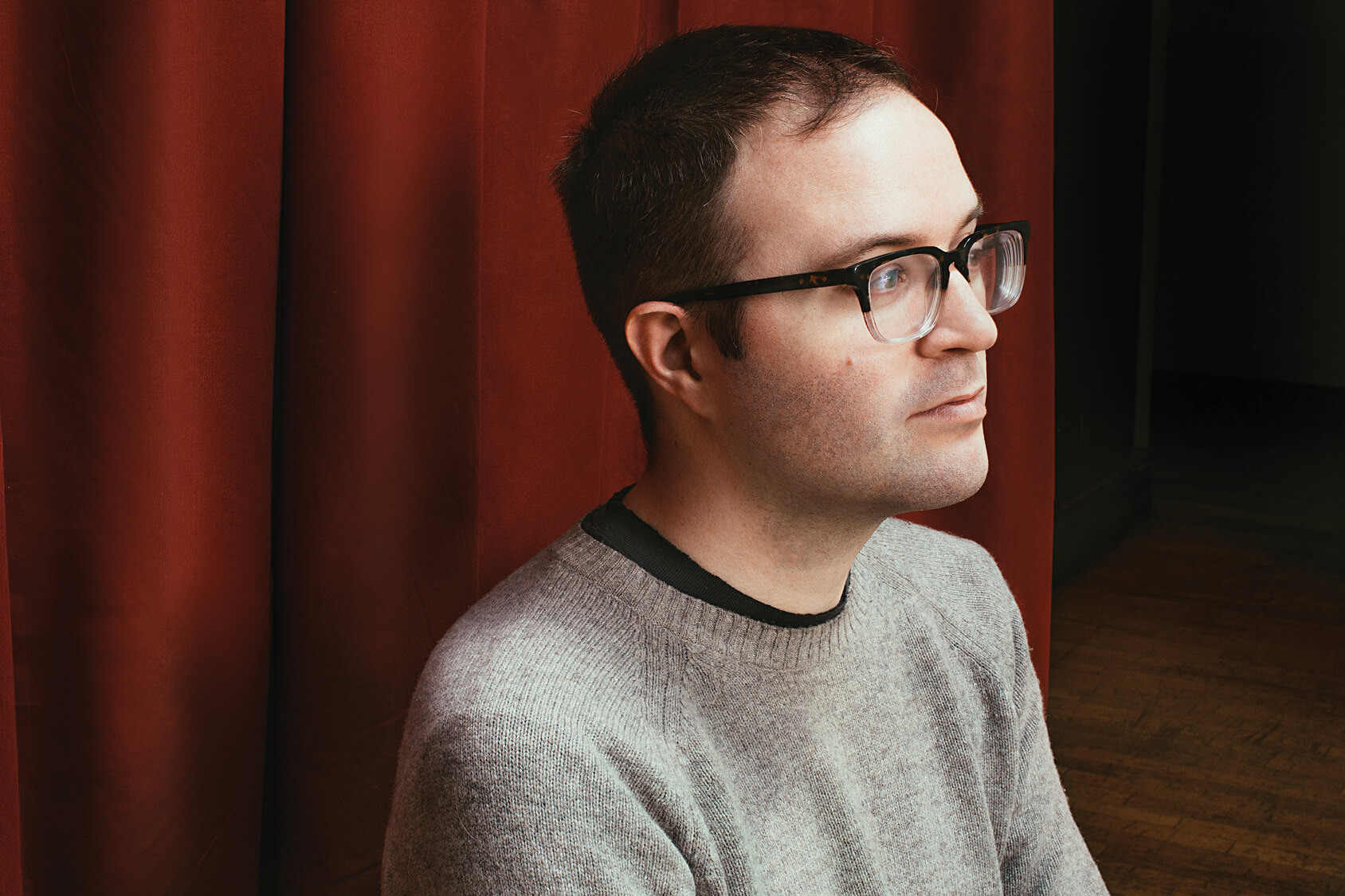
Zach Clark is the director of Little Sister, a family dramedy set in the period leading up to the 2008 election.
What neighborhood do you live in, and how long have you been there?
I’ve lived in Greenpoint for about four years.
In what ways is living in Brooklyn beneficial to your career as a filmmaker? In what ways is it a hindrance?
There really is a community of independent filmmakers here, and it’s nice to feel like a part of that. I haven’t really shot much in Brooklyn, Little Sister is the first of my features that has things filmed in NYC, and it was only a small part of the production—we shot at Sisters of Mercy in Bed-Stuy. I’m not sure it’s been a hindrance in any way. Everyone is very nice.
Who’s your favorite local filmmaker?
I’m writing a script with my dear friend Drew Tobia, who made See You Next Tuesday, so I’d be a jerk if I didn’t say it was him.
What movie should we watch tonight?
There are plenty of Jean Rollin and Alain Robbe-Grillet movies on Fandor.
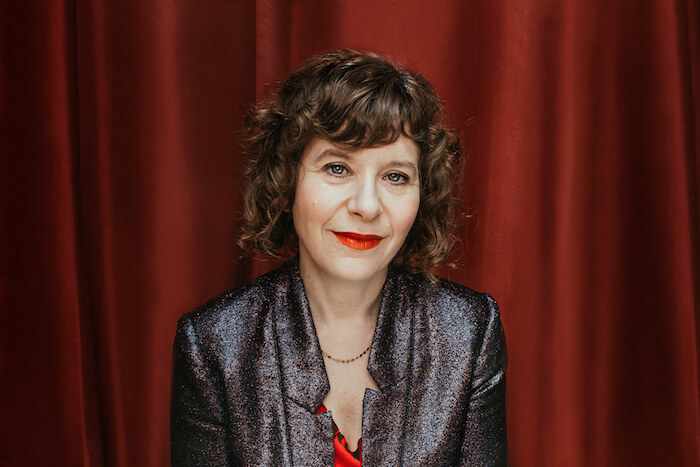

Elisabeth Subrin is the director of A Woman, A Part, about a TV actress who returns to her old NYC haunts in a moment of personal and professional crisis.
What neighborhood do you live in, and how long have you been there?
I’ve lived in Williamsburg for eighteen years.
In what ways is living in Brooklyn beneficial to your career as a filmmaker? In what ways is it a hindrance?
It’s beneficial because there’s an amazing community of filmmakers and media artist friends that is affirming and sustaining. There are amazing film arts venues in walking distance, like Union Docs, Spectacle, Light Industry, Nighthawk, etc. The downside is living in any one place can make you myopic as an artist, and as a community. There are too many “Brooklyn” films, especially by white 20-somethings. I’m guilty as well, but at least I’m 40-something whose film has a diverse cast and crew, and which comments on gentrification. Another downside is the expense, which ties me to a full-time job (on top of filmmaking).
Who’s your favorite local filmmaker?
Ah, there are too many great filmmakers in Brooklyn, but the best debut Brooklyn film I’ve admired over the past few years is Eliza Hittman’s It Felt Like Love (Netflix). And she’s true Brooklyn, born and bred (and breeding!).
What movie should we watch tonight?
Vera Chytilova’s Daisies (on Hulu), Ava Duvernay’s Middle of Nowhere (Netflix), or Ingrid Jungermann’s web series F to 7th (online).
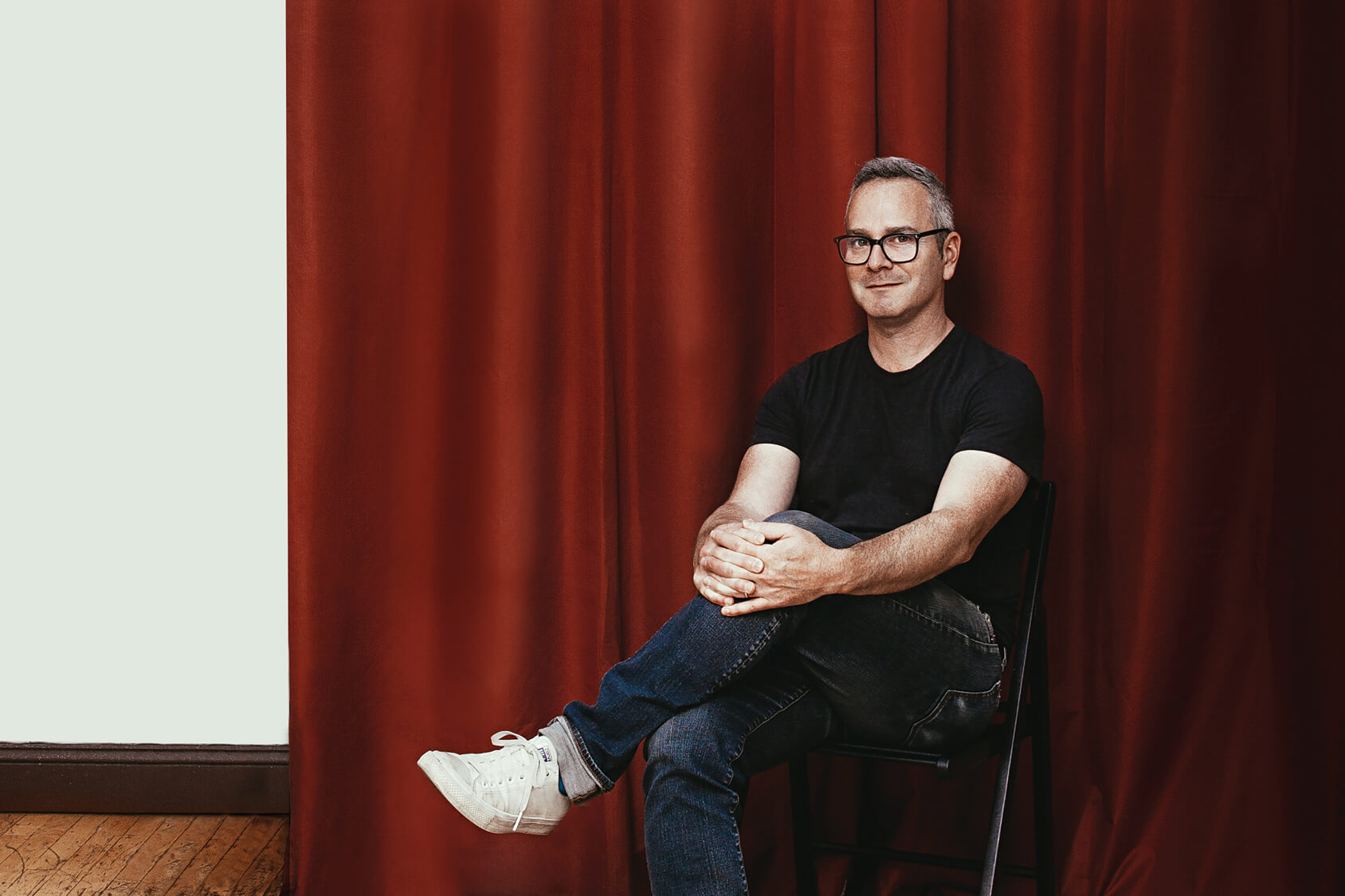

Tim Sutton is the director of Dark Night, a meditation on everyday life, moviegoing, and violence inspired by the 2012 theater shooting in Aurora, Colorado.
What neighborhood do you live in, and how long have you been there?
I live in what my sons refer to as the “border land” between Windsor Terrace, South Slope, Greenwood Heights, and Kensington.
In what ways is living in Brooklyn beneficial to your career as a filmmaker? In what ways is it a hindrance?
Brooklyn is my home and I love it for many reasons (excellent dumplings being one, close friends being another) but I pretty much always produce my films in other parts of the country so as not to stay stuck in the bubble.
Who’s your favorite local filmmaker?
The super couple of Eliza It Felt Like Love Hittman and Scott Buffalo Juggalos Cummings
What movie should we watch tonight?
I’m doing some research on a potential project and recently did a double feature of Romper Stomper and Chopper. You’ll definitely need an Albert Brooks film to come down.
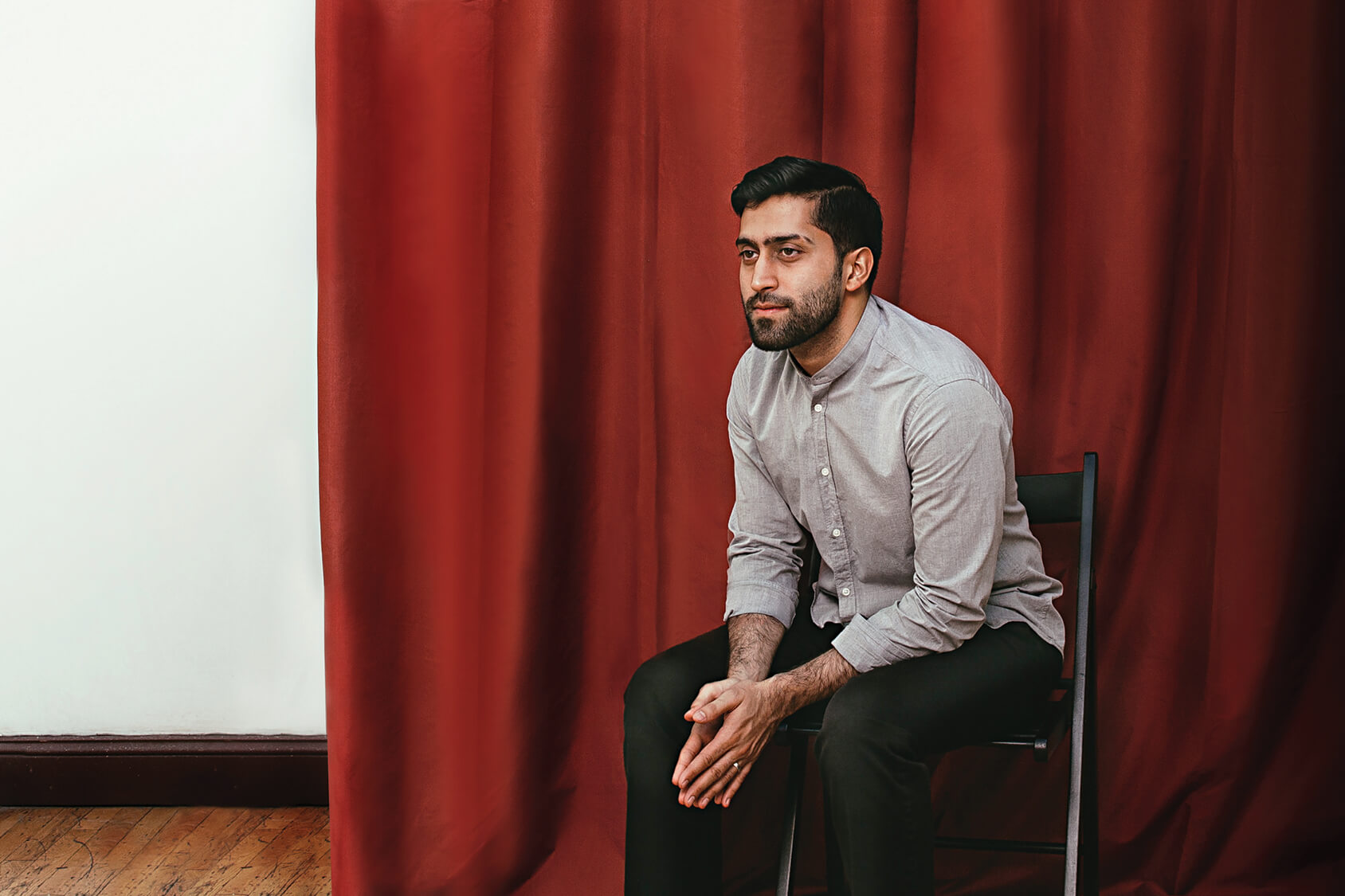
Musa Syeed is the director of A Stray, a drama about a Somali immigrant living on and off the streets of Minneapolis.
What neighborhood do you live in, and how long have you been there?
Before moving to Bed-Stuy, I was bouncing around New York for about ten years, trying to avoid moving to Brooklyn. Being a “Brooklyn-based filmmaker” seemed so “over.” But I’ve been here almost three years now, and it’s nice to be over myself.
In what ways is living in Brooklyn beneficial to your career as a filmmaker? In what ways is it a hindrance?
I tend to think about the inverse—whether I can be a benefit to Brooklyn. I came in with grand ideas of how I’d be engaged with the community, and I started off okay, attending block association meetings, contributing to neighborhood cookouts, sharing garden tools and harvests over backyard fences. I got to know the brothers at a local mosque. But when I started work on A Stray, I was traveling more often and for longer stretches of time. After returning from one trip, my neighbor, the block president, was surprised I still lived there and I found the mosque closed for good. Maybe I need to find a Brooklyn story next, so I’ll be around.
Who’s your favorite local filmmaker?
Omar Mullick (co-director of the beautiful These Birds Walk) was one of the first filmmakers I knew of who lives in Brooklyn. The great meals and conversations we’ve shared over the years made me feel like I could perhaps be amongst the anointed.
What movie should we watch tonight?
In making A Stray, I though about John Sayles’s The Brother From Another Planet. It’s an important historical document, capturing the sights and sounds of a bygone Harlem, but it’s also a fun movie, told in such a defiantly upbeat way. Its positivity is political.
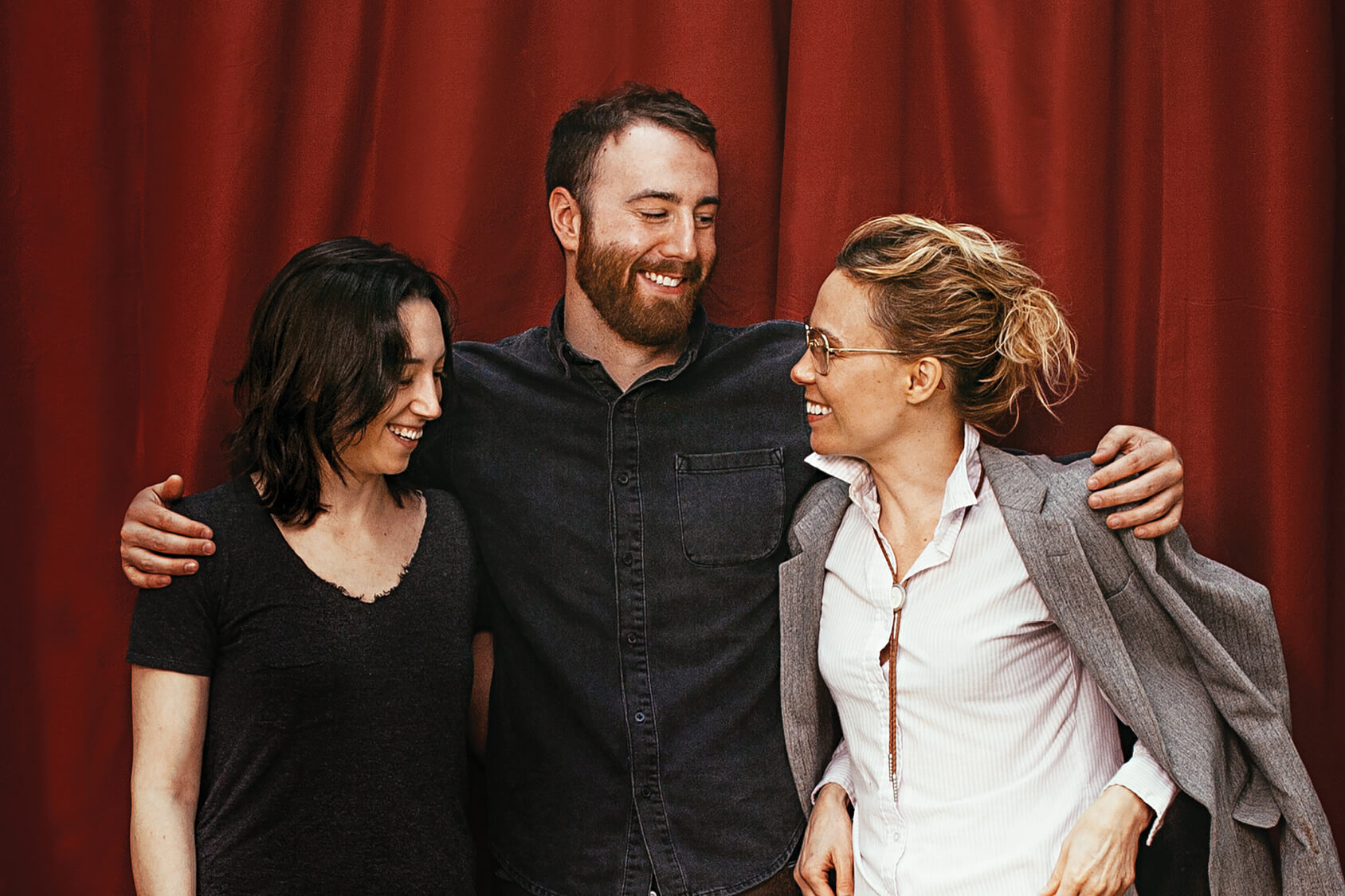
Frances Bodomo, Lauren Wolkstein, Lily Baldwin, Daniel Carbone and Josephine Decker are the directors of the surrealist collaborative omnibus film collective:unconscious.
What neighborhood do you live in, and how long have you been there?
Frances Bodomo: Ridgewood, Queens. Two years.
Lauren Wolkstein: I live in Ditmas Park in Brooklyn, and I have been here for going on three-and-a-half years.
Lily Baldwin: I have spent five years in South Slope, five years in Clinton Hill, two years in Fort Greene, then I’ve been bouncing around the city as of late, looking for ungentrified pockets where the world doesn’t feel too homogenous or too precious with farm-freshness—mainly where people can still afford to live where they grew up.
Daniel Carbone: For the past few months I’ve been living 60 miles north of the city in a town called Putnam Valley. Prior to that I spent twelve years in NYC, most of which were in Brooklyn. I started in Crown Heights, had a few places in Greenpoint, and ended up on the border of South Williamsburg and Bed-Stuy.
Josephine Decker: Clinton Hill—been here two years, before that eight years in Prospect Heights!

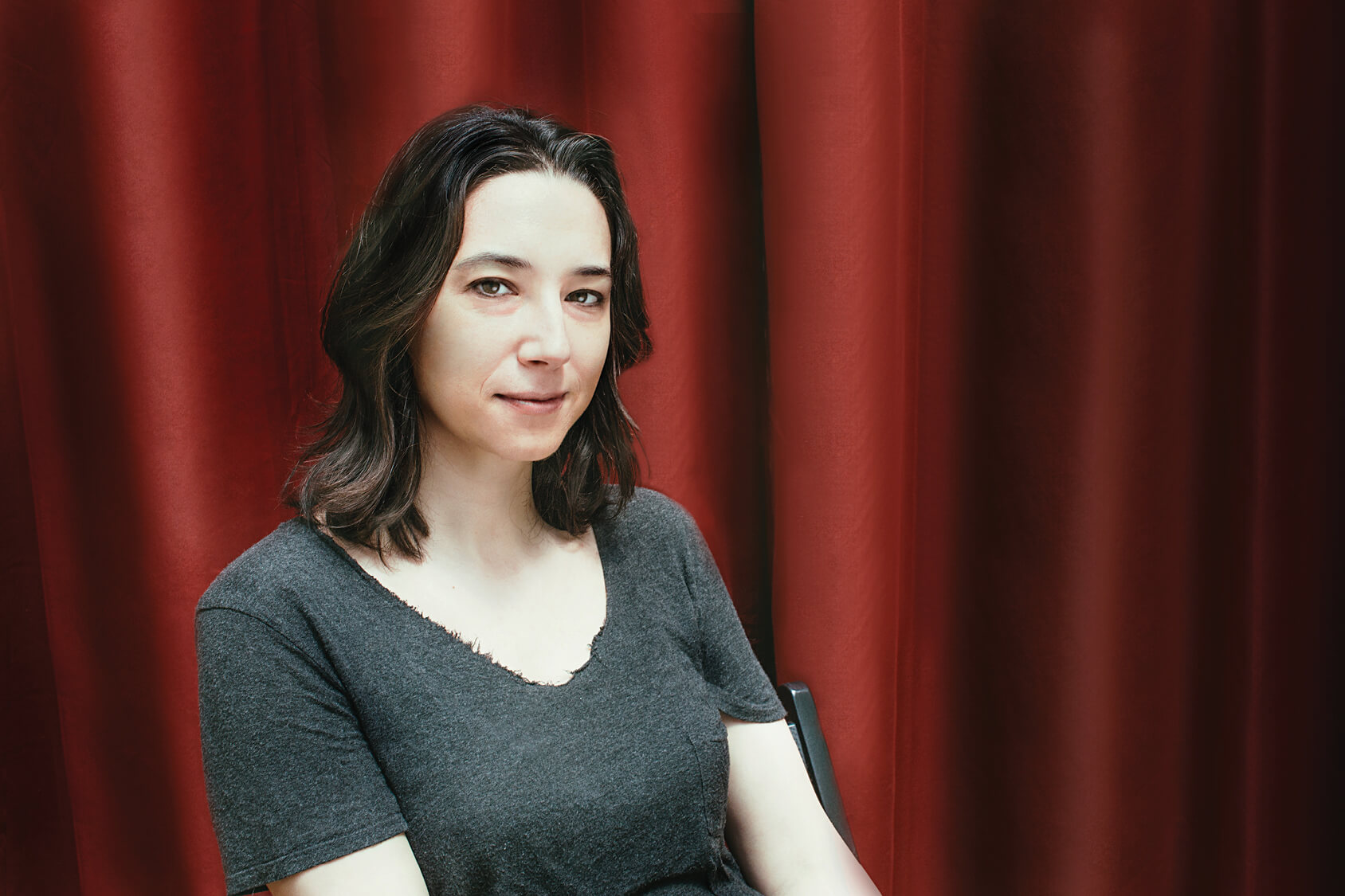

Frances Bodomo: Among many things, Ridgewood reminds me that there is a world outside of film, and that there are people under eighteen and above 45 in this world! Since I moved here I’ve been much more invested in my neighborhood and community. It’s helped me focus on the fact that I make art for/with people and not for the film industry.
Lauren Wolkstein: Most of my filmmaker friends live in the neighborhood, so it feels like a tight-knit community of artists. We often get together on a whim to workshop ideas and talk shop. The only downside is that weekend maintenance on the Q train can make Ditmas feel a little isolating at times. Speaking of which, it’s really time for me to invest in a bike!
Lily Baldwin: Brooklyn has grit, and it’s huge. I love the sprawling diversity of it. One of my dads grew up near Coney Island, and I’ve shot a film out there as homage to the iconic playground it is. The “melting pot” that is Brooklyn (as is the LES) is really a narrative inspiration to me—its unconventional overlap helps me come up with ideas.
Daniel Carbone: For a young filmmaker, I think it would be difficult to find a more inspiring place than Brooklyn. There’s deep network of filmmakers with a decidedly independent philosophy. The vast majority of filmmakers I work with, and whose work I love, I met while living in Brooklyn.
Josephine Decker: Brooklyn is a mushpot of everybody! An inspiring pool of accents and encounters and, importantly, other filmmakers! I love Brooklyn! But—why do we live in a city with so few trees, lakes and spiders and leopards? I get a lot of inspiration from nature, so living in Brooklyn is HARD for that. But I try to meditate by the lake in Prospect Park and feel like I’m one with the ducks and their plastic bags.
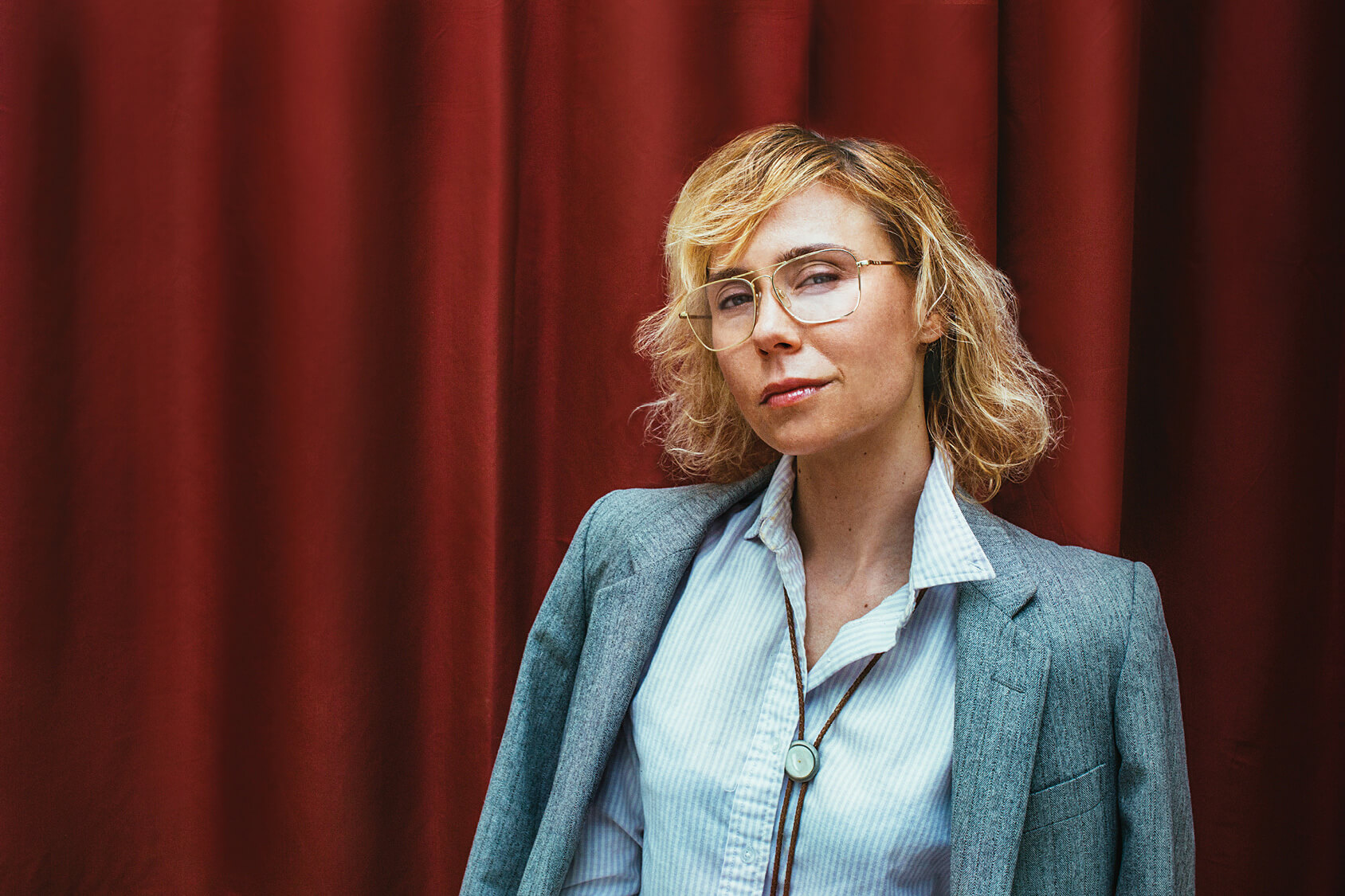

Who is your favorite local filmmaker?
Frances Bodomo: The Anti-Banality Union makes supercut films, all available online. Their first one, Unclear Holocaust, is a feature film cut from various NYC disaster flicks. Their second one, Police Mortality, is cut together from various cop films. Both to stunning effect!
Lauren Wolkstein: Besides our dream collective, you mean?! I felt incredibly inspired when I watched The Fits by Anna Rose Holmer. I can’t wait to see what she makes next.
Lily Baldwin: Don’t make me pick! But fine: my friend and collaborator Chris Radcliff, because he pushes a cut-throat stringency.
Daniel Carbone: My favorite locally made film of the past few years is Go Down Death, from the dynamic duo of Aaron Schimberg and Vanessa McDonnell. It’s bold, hilarious, wholly unpredictable, and criminally underseen.
Josephine Decker: Wow. That is hard. I find inspiration in so many filmmakers in Brooklyn—from Sophia Takal (though now she is in LA) to Nathan Silver to Onur Tukel to Celia Rowlson-Hall to Iva Radivojevic to Lauren Wolkstein to Darren Aronofsky!

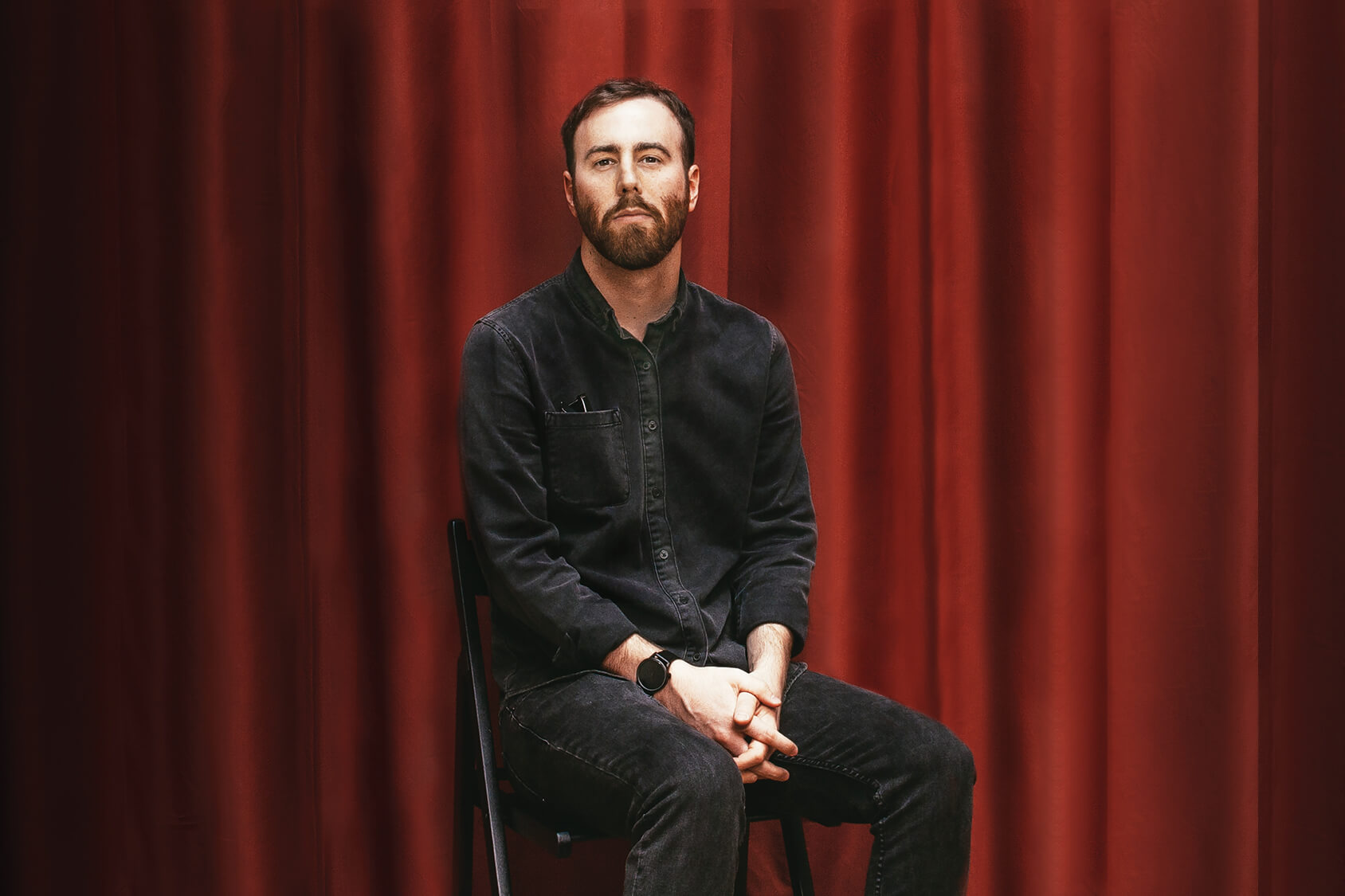

Frances Bodomo: Just show up to the Spectacle Theater.
Lauren Wolkstein: Check out the special programming at BAMcinématek.
Lily Baldwin: Mary Poppins. She’s such a badass protagonist, one of my quiet heroes.
Daniel Carbone: Go to the Spectacle Theater in Williamsburg and see literally anything they are showing.
Josephine Decker: Watch Sombre by Philippe Grandrieux. The editing and vision and cinema of it all will BLOW-the-mind… away. (You may have to order the DVD on Amazon or ask me for my copy!)
All photos by Julia Hembree.
You might also like 




















